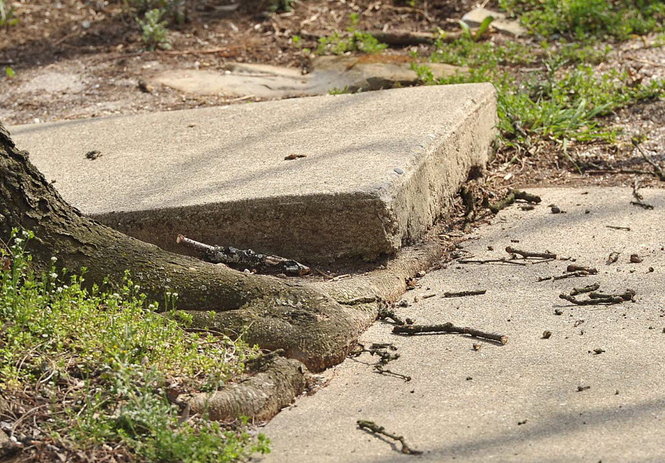 Sidewalk liability has been a hot topic for recent New Jersey Case Law. All sidewalk liability cases are fact sensitive and each may have a different result for the injured individual. Questions such as: Was the sidewalk located on residential or commercial property? Or was the sidewalk located in a Condominium development? all have serious implications on your ability to file a lawsuit. While liability may be an issue, the injuries an individual may suffer can be severe. Slipping on ice or tripping over uneven concrete may seem like nothing big, but each instance can result in extensive medical treatment and permanent injuries.
Sidewalk liability has been a hot topic for recent New Jersey Case Law. All sidewalk liability cases are fact sensitive and each may have a different result for the injured individual. Questions such as: Was the sidewalk located on residential or commercial property? Or was the sidewalk located in a Condominium development? all have serious implications on your ability to file a lawsuit. While liability may be an issue, the injuries an individual may suffer can be severe. Slipping on ice or tripping over uneven concrete may seem like nothing big, but each instance can result in extensive medical treatment and permanent injuries.
In 2011 in the case of Luchejko v. Hoboken, the court decided that a condominium association had no duty to maintain public sidewalks abutting its property. In Qian v. Toll Brothers Inc. (2015) the court unanimously ruled that a condominium homeowners’ association may be held liable for injuries occurring on a sidewalk owned by the association. Justice Albin stated “who owns or controls the sidewalk, not who uses it, is the key distinguishing point between a public and private sidewalk.”
A recent personal injury litigant has again attempted to expand sidewalk liability in New Jersey. The court was asked to decide whether a residential property owner may be held liable for an injury sustained on an abutting public sidewalk. The law currently requires a plaintiff to prove that the residential property owner contributed to the dangerous condition.
The lawsuit alleged that the plaintiff was walking with her family past the defendant’s home when she fell on a broken section of the sidewalk and sustained a rotator cuff injury. The court granted defendant’s motion for Summary Judgment (a judgment entered by a court for one party and against another party summarily, i.e., without a full trial) citing the Supreme Court’s 1976 decision in Yanhko v. Fane. Yanhko held that property owners – residential or otherwise – may not be held liable for injuries sustained on abutting public sidewalks. The panel also took note of the 1981 decision in Stewart v. 104 Wallace Street Inc., where sidewalk liability was applied for the first time to commercial property owners, though immunity was explicitly kept intact for residential property owners.
The court in this matter declined to veer off the well-established path and stated that the court’s recent opinions reveal its continued adherence to residential landowner’s immunity from liability for injuries caused by abutting public sidewalks. The Judge rejected plaintiffs’ suggestion that defendants actively contributed to the condition of the sidewalk where the plaintiff tripped calling this position purely speculative and inessential.
All personal injuries cases have two main parts – liability and injury. Without both components it’s difficult to recover any type of compensation. The attorneys at Gale & Laughlin provide a free consultation for all personal injury matters. It is better to sit down and discuss your matter with us, than to wait beyond the statute of limitations and risk being unable to file a lawsuit. Contact us for help.

